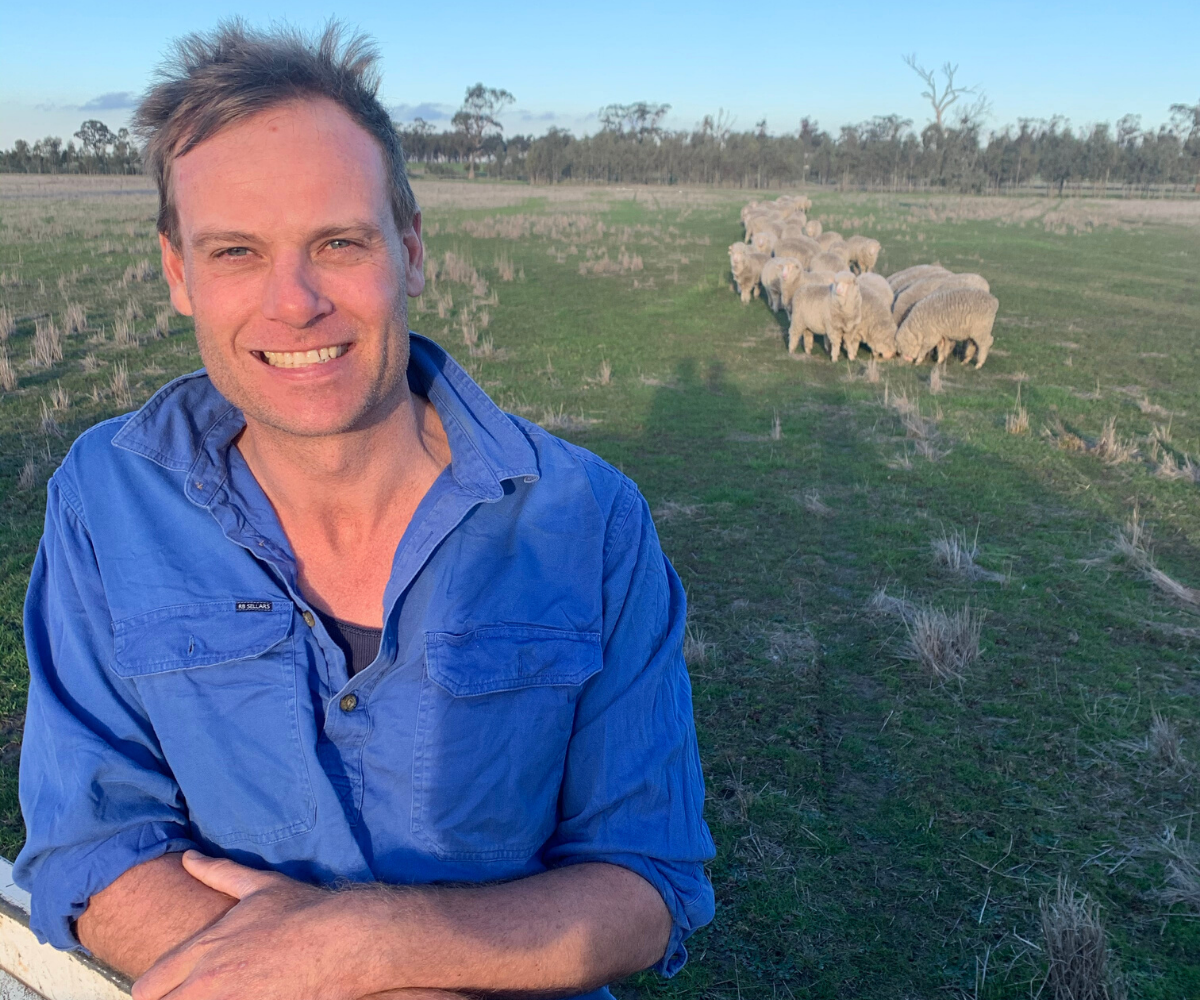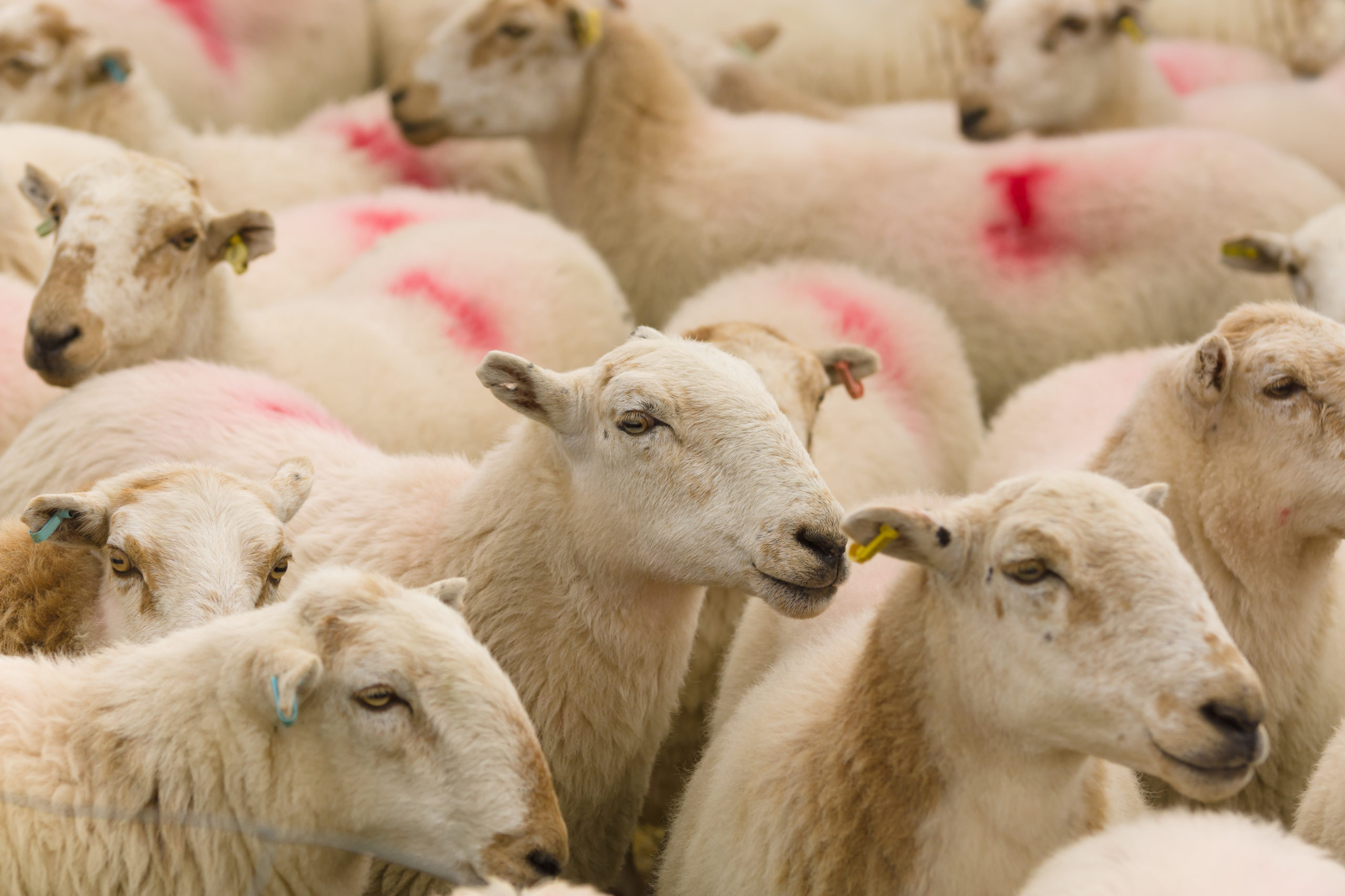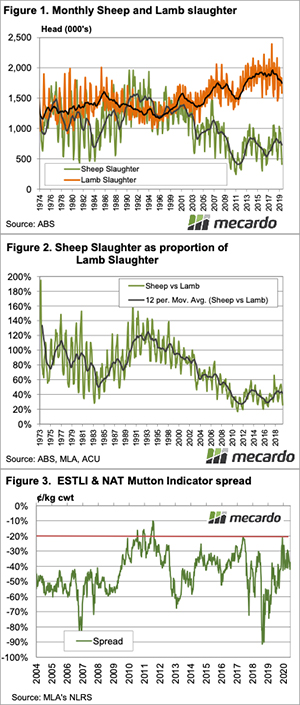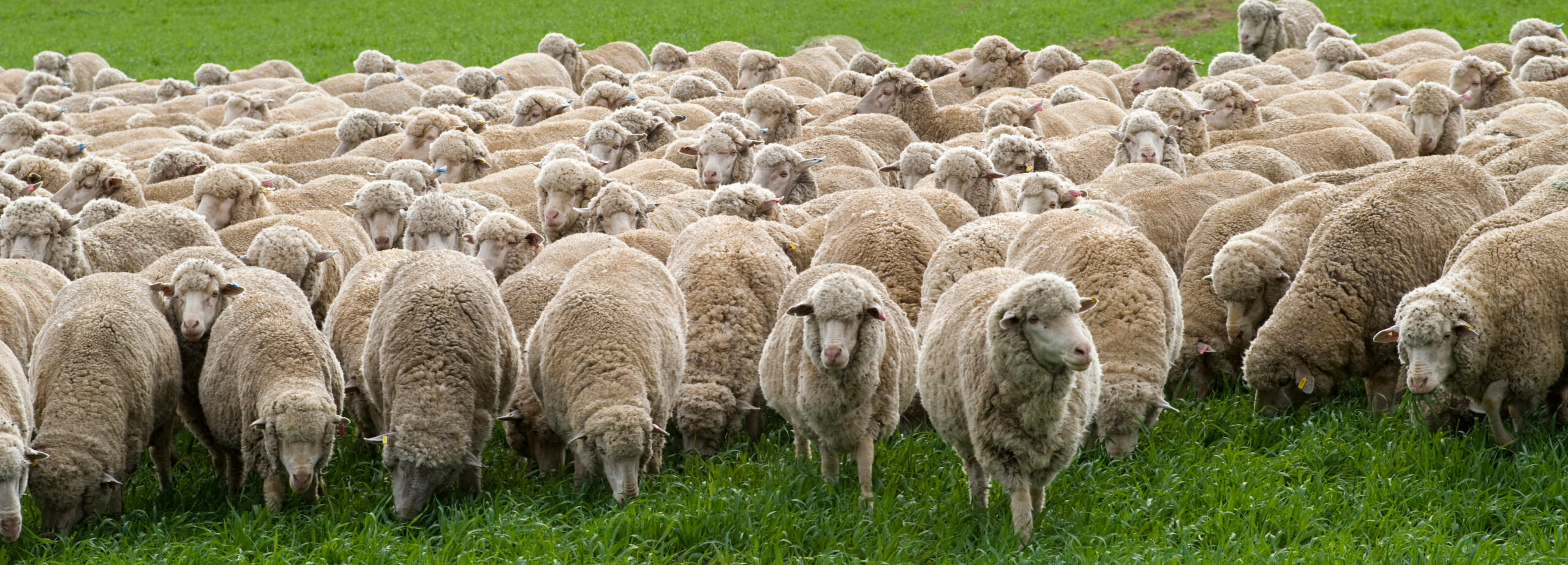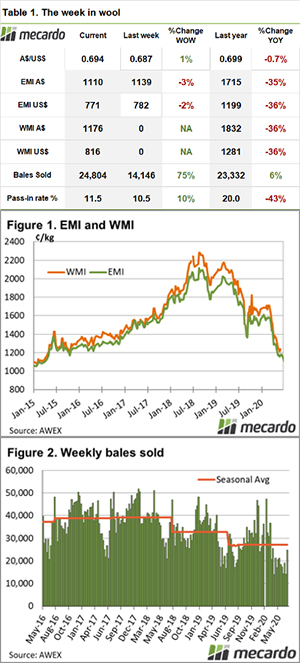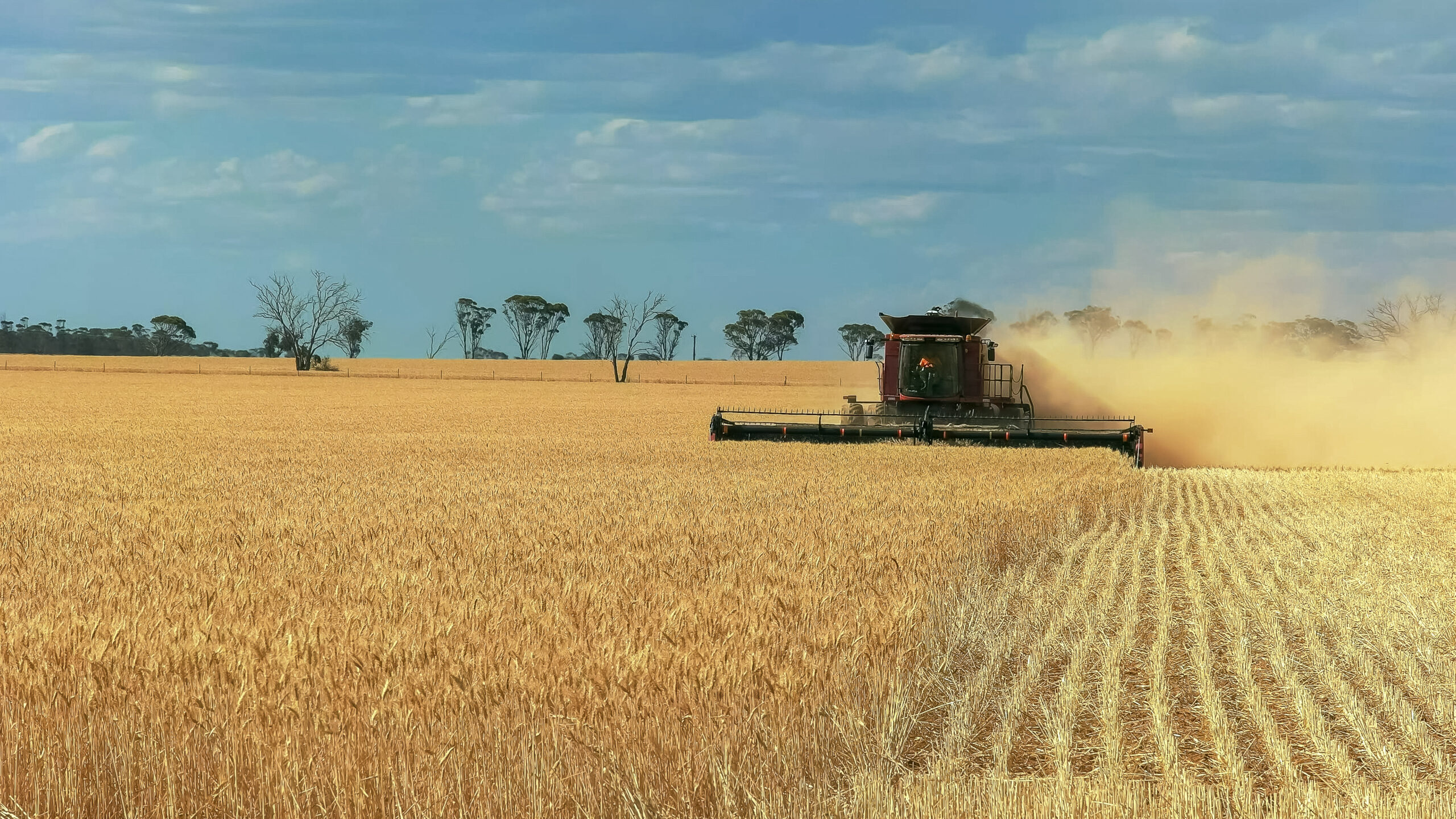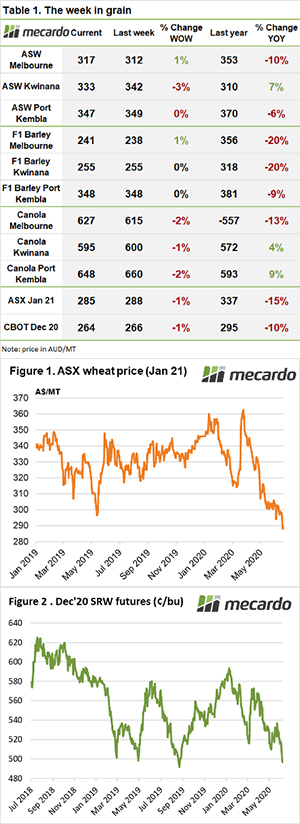StockCo is proud to announce the newest Regional Livestock Manager for New South Wales, Toby Hammond. We asked Toby to share some of his credentials, past experiences and ambitions he has for his new role at StockCo.
Toby has had a long-standing devotion to the Agricultural industry.
“I have been brought up in Agriculture and enjoy the diverse nature of the industry. It’s always presenting fantastic opportunities and unique challenges that call for innovative ideas and constant change.”
Toby was confident in his pursuit of a career within the Agricultural industry. He studied his Bachelor’s degree of Agribusiness at Marcus Oldham College in Victoria and worked within the live export industry during his studies.
Toby recognised the fantastic career opportunity offered by StockCo and knew his ambition, relationship-building skills and forward-thinking attitude would make him the perfect fit for the role of Regional Livestock Manager.
“I am excited to continue building relationships with farmers and other key customers. I enjoy meeting new people and appreciating how they run their operation. It’s exciting to see the really interesting and innovative ideas farmers employ to drive their business.”
Toby brings a sound understanding of livestock market operations to his new role and is eager to continue building and maintaining strong relationships with his clients.
Toby’s has one main overarching goal for all of his new clients:
“To provide excellent customer service and assist with helping to grow their business and achieve their goals.”
Toby is optimistic about the current opportunities he sees for his clients right now.
“With a break in the season and the shortage of livestock, I see the opportunity for customers to rebuild their herd and flock numbers with access to finance that provides simplicity. Whilst there is a focus on the start of the supply chain with farmers and agents. I also believe an opportunity exists in the middle of the supply chain with processors and feedlots using the StockCo facility to access livestock supply.”
When Toby isn’t spending time helping out at the family farm on Oberon, he is either catching up with friends or family or spending time with his partner Georgie.
We want to give Toby the warmest welcome into his new role of Regional Livestock Manager in Wagga Wagga. If you’re looking for support to maximise your livestock operation, get in touch with Toby on 0488 666 648.



